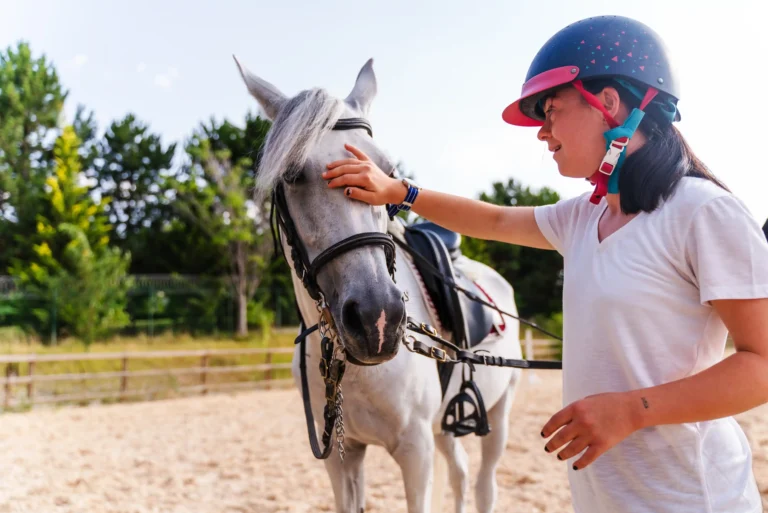If you, or the person you support, are looking for a different way to live, one that offers more independence, safety and choice, there are options outside of traditional group homes.
With the right NDIS supports, more people with disability are choosing living arrangements that reflect who they are and how they want to live.
We spoke with MySupports, a provider offering Individualised Living Options (ILO), Supported Independent Living (SIL) and other flexible models, to learn what’s possible when people lead the planning process.
“It’s about designing a life, not just filling a vacancy,” explains Sharee Chitty from MySupports. “We work with participants and families to build flexible living arrangements that meet both support needs and long-term lifestyle goals.”
Finding a place that feels like home.
One participant, Daniel*, had been living in a group home where he felt unsafe and unsettled by the number of unfamiliar people coming and going.
With support from MySupports, Daniel moved into a small, two-bedroom unit close to his existing community. He now receives regular drop-in support from a team he knows and trusts. He is actively involved in decisions about his home, his routine and how his support is delivered.
This arrangement was funded through Daniel’s Core – Assistance with Daily Life budget. It was tailored to match his goals, safety needs and available NDIS funding. The team also considered the unit’s location, including access to transport, local services and ways for Daniel to stay connected with his community.
Building a future in a tiny home.
Another participant, Ella*, had a clear vision for her future: living independently while staying connected to family. She spent several years saving money from her job at Coles and eventually built a tiny home in her parents’ garden.
Ella requires 24-hour support, including overnight help, so MySupports developed a flexible roster around her needs, funded through her Home and Living funding component.
MySupports helped Ella and her family explore what supports could look like in a non-traditional setting and how to use her NDIS funding in a way that reflected her goals.
Getting it right can be transformative.
When the right supports are in place, priorities can shift. It’s not just about safety anymore, it’s about how you want to live.
“Do I want to have friends over? Do I want a pet? Do I want space for my hobbies?” says Sharee. “When your environment reflects who you are, everything else starts to grow too…your confidence, your independence, your sense of control.”
These are the kinds of conversations that providers like MySupports are having with people and families every day.
What makes creative living arrangements work?
We asked Sharee what they consider when helping someone explore housing options.
“It’s never just about the house,” she says. “We look at the location – can the person walk to a café or catch a bus? Are there opportunities to participate, to connect, to grow?”
MySupports has supported people in housing models like co-residency with a chosen housemate, living with a host family or independent units with flexible on-site support.
Start early. Plan for the future.
If you are thinking about moving out or changing your living arrangement, it’s a good idea to start early.
Whether you’re approaching 18 or 21, finishing school or exploring employment, these can be useful times to begin exploring what living independently could look like.
Group homes work for some, but they’re not the only way. There are more flexible, person-centred options that can be shaped around your needs and goals for the future.
Want to explore living goals?
If you’re thinking about living more independently, it can be helpful to talk to a provider who understands your local area and support options.
- MySupports specialises in creative, person-first ILO and SIL solutions
- Our friends at Mable offer Home and Living consultations.
Need help with your NDIS Plan? The Leap in! Crew can help you get the most from your funding. Call us on 1300 05 78 78 or chat with us via the Leap in! app.
Want to learn more about Supported Independent Living?
Access your free copy of the eBook here.



